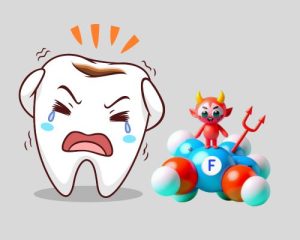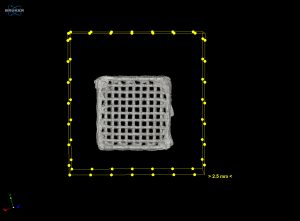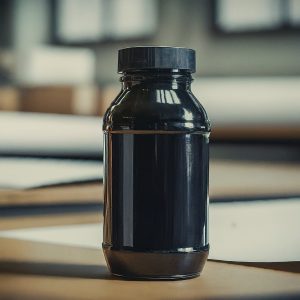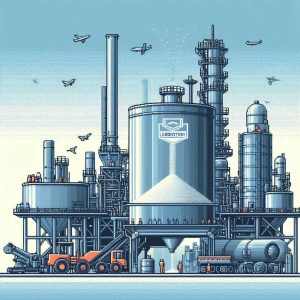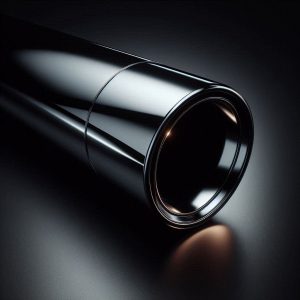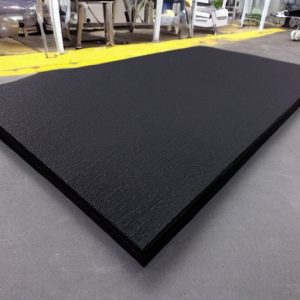Nanoparticles is transforming the world of paints and coatings, offering remarkable benefits that go beyond traditional applications. In the ever-evolving world of technology, nanotechnology has emerged as a pathbreaker, transforming various industries with its innovative applications. One such industry experiencing a significant impact is the paint and coatings sector. By incorporating nanoparticles into paint formulations, manufacturers are achieving remarkable improvements in the properties and performance of coatings.
Why Nanoparticles in Coatings?
Enhanced Durability and Longevity
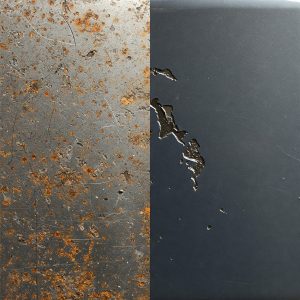 One of the most notable benefits of nanotechnology in paint is the enhancement of durability and longevity. Nanoparticles, such as Graphene, Zinc, Titanium and Silicon are incorporated into paint formulations to improve scratch resistance without compromising transparency. This means that surfaces coated with nano-enhanced paint are less likely to suffer from wear and tear, maintaining their pristine appearance for longer periods.
One of the most notable benefits of nanotechnology in paint is the enhancement of durability and longevity. Nanoparticles, such as Graphene, Zinc, Titanium and Silicon are incorporated into paint formulations to improve scratch resistance without compromising transparency. This means that surfaces coated with nano-enhanced paint are less likely to suffer from wear and tear, maintaining their pristine appearance for longer periods.
Superior Fire Resistance
Safety is a paramount concern in any industry, and nanotechnology is playing a crucial role in enhancing the fire-resistant properties of paint coatings. For instance, graphene, graphene oxide, and fullerene can improve char formation and reduce the temperature of substrates during a fire. This added layer of protection can be invaluable in preventing the spread of fire and safeguarding lives and property.
Anti-Corrosive Properties
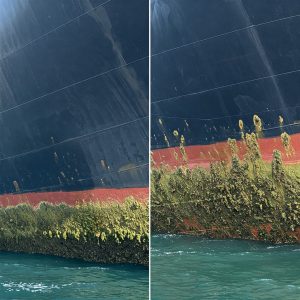 Corrosion is a common issue that affects the longevity and performance of coatings. Nanoparticles can increase the density of coatings, reducing the transport path of corrosive species and enhancing the protective performance against corrosion. Zinc, Titanium, Cobalt, Bismuth and Nickel Nano powder -enhanced coatings ideal for applications in harsh environments, where traditional coatings may fail.
Corrosion is a common issue that affects the longevity and performance of coatings. Nanoparticles can increase the density of coatings, reducing the transport path of corrosive species and enhancing the protective performance against corrosion. Zinc, Titanium, Cobalt, Bismuth and Nickel Nano powder -enhanced coatings ideal for applications in harsh environments, where traditional coatings may fail.
Hydrophobic and Oil Repellent
 Nanotechnology can also make surfaces hydrophobic and oil repellent by increasing surface roughness. This results in a higher contact angle for water and other solvents, preventing them from adhering to the surface. Such properties are particularly beneficial in industries where cleanliness and hygiene are critical, such as healthcare and food processing.
Nanotechnology can also make surfaces hydrophobic and oil repellent by increasing surface roughness. This results in a higher contact angle for water and other solvents, preventing them from adhering to the surface. Such properties are particularly beneficial in industries where cleanliness and hygiene are critical, such as healthcare and food processing.
Applications in Various Industries
Nanopaints and nanocoating have a wide range of applications across different industries:
Building Facades: Waterproof nanopaints protect building facades from damage caused by nature and extreme weather conditions.
Automotive Industry: Nanocoating provide scratch resistance, UV protection, and self-cleaning properties for luxury cars.
Energy Sector: Nanocoating improve the efficiency of catalytic converters and air filters, contributing to cleaner air and reduced emissions.
Marine Industry: Nanopaints prevent fouling on ships, enhancing their performance and reducing maintenance costs.
Aerospace Industry: Nanocoating protect aircraft surfaces from harsh environments, improving durability and performance.
Medical and Biomedical Applications: Antibacterial nanopaints and nanocoating’s are used in hospitals, medical devices, and implants to prevent infections and improve patient outcomes.
Nanotechnology is undoubtedly revolutionizing the paint and coatings industry with its myriad of benefits. From enhanced durability, superior fire resistance and anti-corrosive properties, nano-enhanced coatings are setting new standards in performance and reliability. As research and development in this field continue to advance, we can expect even more innovative applications of nanotechnology in paint, further transforming the industry and improving our everyday lives.






